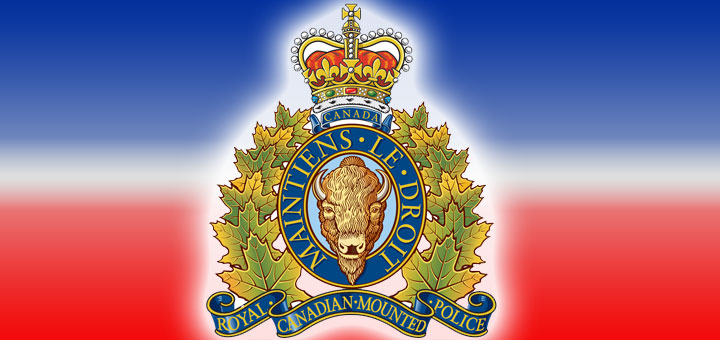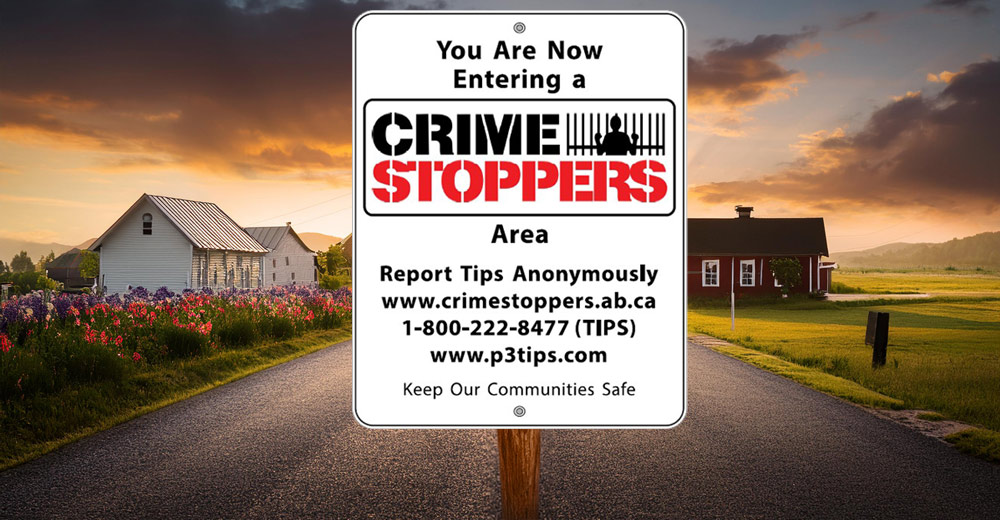New trends in online scams to be on the lookout for

Just as some of the common scams of 2016 are getting easier to recognize, it seems a new scam pops up in its place.
This overview shows forecasted trends that scammers, using the latest technologies, will be relying on to trick and defraud victims.
Four of the most prevalent (and most “sneaky” according to the Bureau) upcoming scams of 2017 are:
• Subscription Traps. According to Fraud Facts, this scam can take many forms, appearing as an advertisement, a referral from a friend, and even a fake survey online or from a telemarketer.
No matter the form, these scams involve offering a free trial of a product or service, if the customer pays shipping and handling from a credit card. Unfortunately, when consumers agree to this, they will find themselves signed up to a subscription service with a monthly fee that can be extremely difficult to get out of.
Remember to be wary of any offer of a free trial that requires a credit card, and always read the fine print.
•Spoofed Websites. Fraud Facts warns consumers to remember, when it comes to websites, “ain’t nothing like the real thing.”
For example, a spoofed website of a bank may send an email to consumers letting them know their account has been compromised. When the consumer clicks the link, a website that looks exactly like the bank’s shows up, asking them to enter their account information. By entering their card number and password, victims have given away their financial information to a scammer.
Remember to always check the web address of any website (the www. at the top of the page). A real website will most likely just contain the name of the business or organization after the www. A spoofed site might contain lots of random letters, numbers, or symbols instead of actual words.
Read the full story in the latest edition of The Community Press – available on newsstands now and online via E-Subscription. Never miss an issue: become a Subscriber today!
Erika Josephison
Associate Editor









